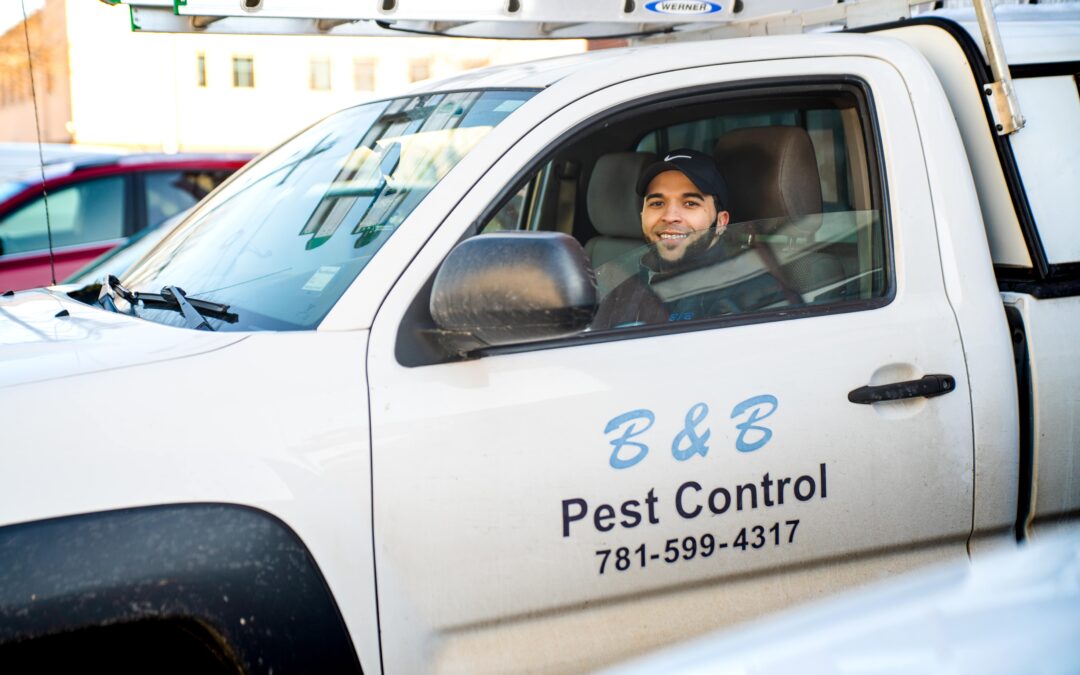Subterranean termites cannot tolerate dry conditions, and since colonies cannot survive outside of moist ground soil where light is non-existent, subterranean termites do not need light of any kind to function and thrive. The vast majority of the 20,000 to more than one million individuals inhabiting a mature eastern subterranean termite (Reticulitermes flavipes) colony are born without eyes. More than 95 percent of individuals in eastern subterranean termite (EST) colonies are workers that are responsible for carrying out a variety of laborious duties, such as foraging, nest construction, and offspring care. Soldiers account for about two percent of individuals within an EST colony, and they accompany workers during foraging expeditions to provide defense against attacking predators, but only workers infest wood.
Not only are workers the only colony inhabitants that can feed themselves, but they must also feed soldiers and the queen, as their body structure makes them incapable of self-feeding. The royal pair (monogamous queen and king) is the only caste that has functioning eyes because they spend a brief period of their life outside of colonies where they rely on vision. The royal pair do not originate from the colonies that they inhabit; instead, the royal pair were formerly reproductive termites known as “alates” that inhabited an entirely different colony. Alates are winged termites that only emerge within colonies that reach maturity, and their sole purpose is to exit existing colonies in order to establish new colonies elsewhere.
Three to seven years after a new colony is established, the queen emits pheromones that trigger nymphal offspring to develop into alates. Alates are poor flyers that do not travel far, and most die, but the few that survive to mate shed their wings to become the queen and king of a new colony. The queen and king are also referred to as primary reproductives, but two additional types of reproductive termites known as “secondary” and “tertiary” reproductives may also emerge in very large colonies. Secondary reproductives develop from nymphs in response to queen pheromones, but their maturation ceases before they develop full wings and functioning eyes. Tertiary reproductives develop from workers in response to royal pheromones, and they do not possess wings or eyes. These two reproductive castes are produced when a colony crisis requires a massive acceleration in egg production. A large number of secondary and tertiary reproductives can serve as the sole reproductives in a colony if the queen dies.
Do you believe that subterranean termite colonies exist in close proximity to your home?

